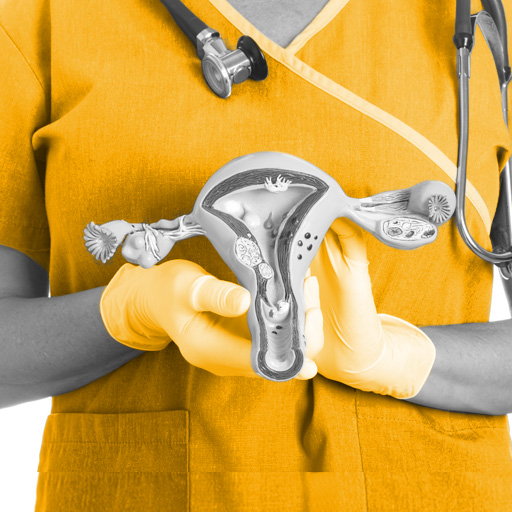Basic Anatomy and Physiology course for Nurses



This session introduces the anatomy and physiology of the male and female reproductive systems.
Learning Objectives
By the end of this session, learners will be able to:
- 1.1 Outline the anatomy of the female and male reproductive systems
- 1.2 Outline how the female and male reproductive systems work
- 1.3 Explain the physiology of conception and implantation
The anatomy of the reproductive organs assists the process of reproduction. Male and female hormones help coordinate the reproductive system.
Ruth qualified as a Dr in 1997 at the University of Newcastle Upon Tyne. She has been practicing as a General Practitioner since 2001. She has had additional posts in hospital Genito-Urinary Medicine and in Community Young Person and General Contraceptive Clinics.

- Introduction to Female Genital Mutilation course f...
- Posted By eIntegrity Healthcare e-Learning
- Posted Date: 2024-11-04
- Location:Online
- This session aims to give a brief overview of female genital mutilation (FGM). Learning Objective...
- Identifying and Supporting Victims of Modern Slave...
- Posted By eIntegrity Healthcare e-Learning
- Posted Date: 2024-11-04
- Location:Online
- This session will help frontline healthcare staff to identify victims of modern slavery and take app...
- Contraceptive Needs of Women Aged Over 40 course f...
- Posted By eIntegrity Healthcare e-Learning
- Posted Date: 2024-11-04
- Location:Online
- This session will explore the different contraceptive needs for individuals over 40, and which metho...
- Contraceptive Needs of Women with a Raised BMI cou...
- Posted By eIntegrity Healthcare e-Learning
- Posted Date: 2024-11-04
- Location:Online
- This session considers the safety and effectiveness of contraception in individuals with a raised BM...
- Contraceptive Needs of Women Following Pregnancy c...
- Posted By eIntegrity Healthcare e-Learning
- Posted Date: 2024-11-04
- Location:Online
- This session will review the importance of contraception after childbirth and its role in preventing...






